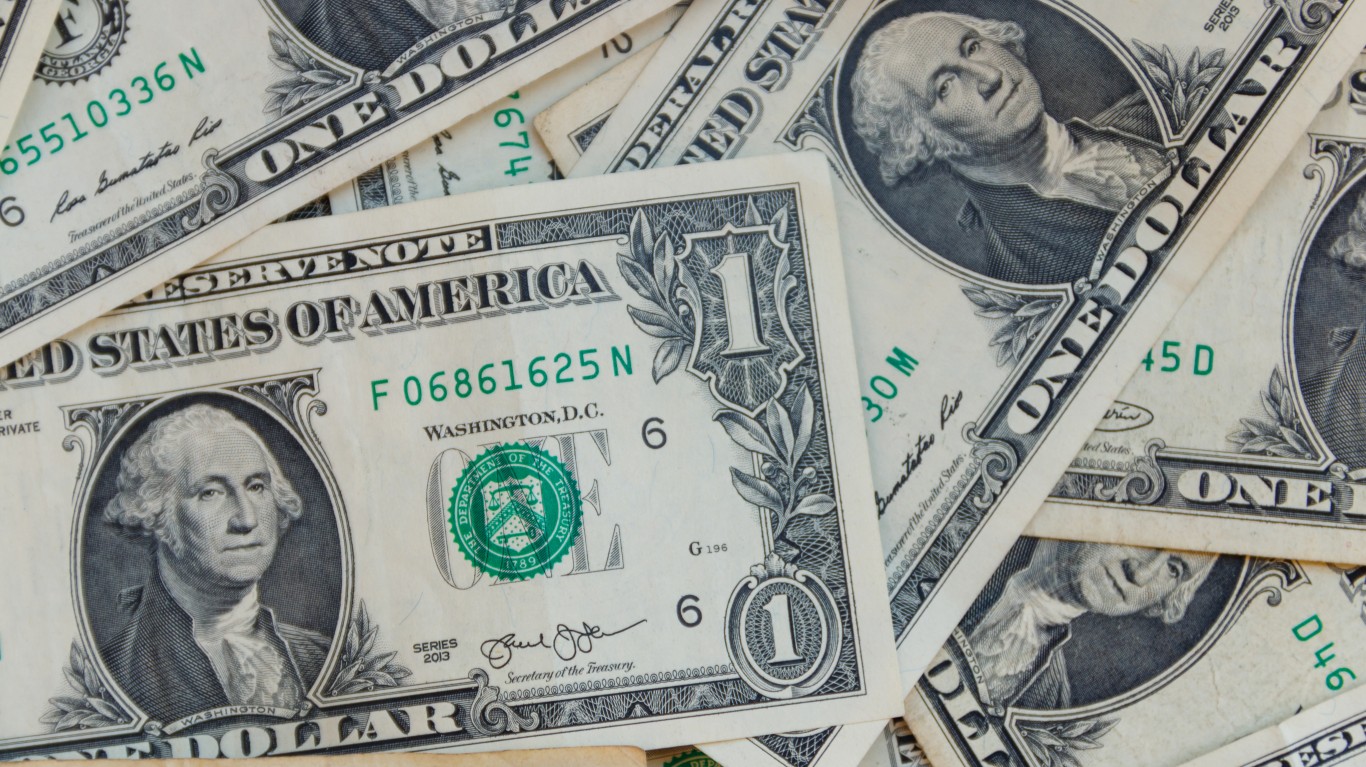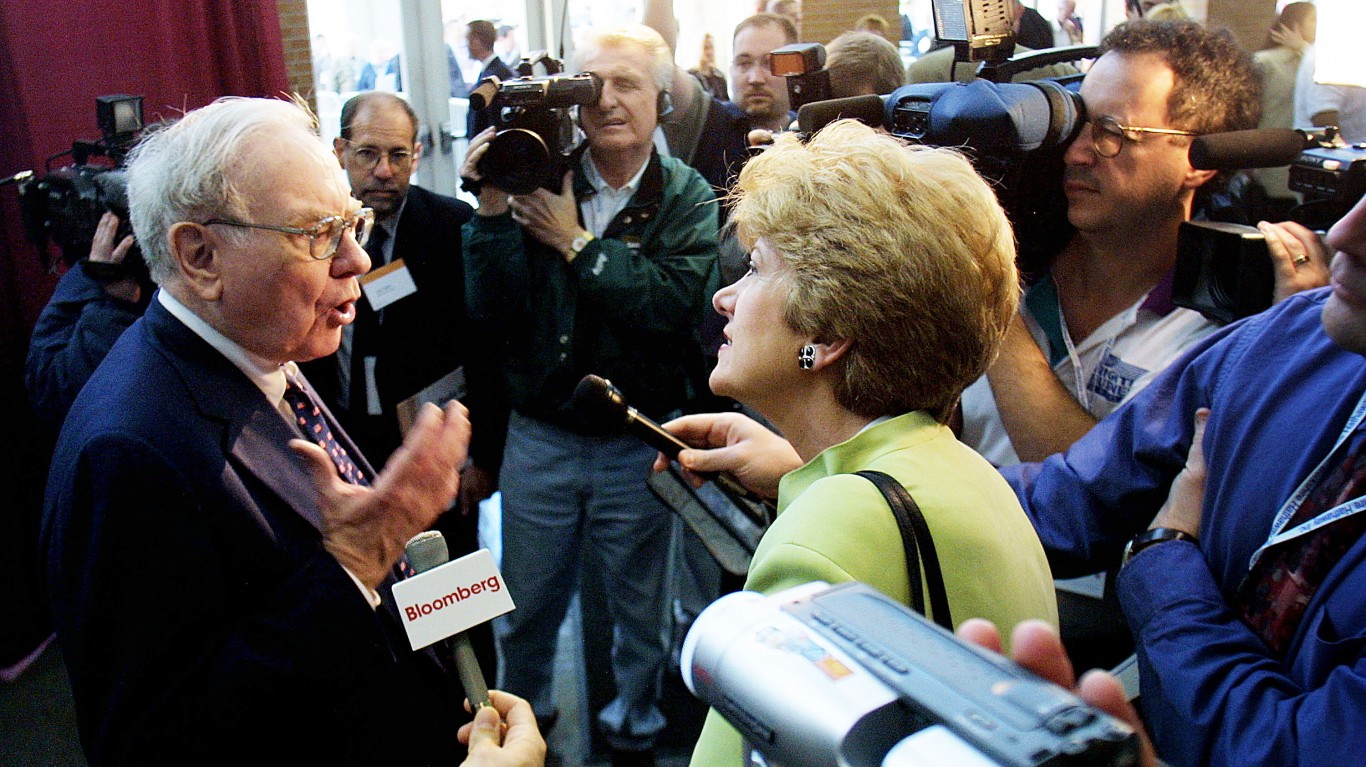
The US dollar index (DXY), which tracks the dollar’s strength against a basket of currencies, rose to the highest level since March on Thursday. The surge was fueled by new economic data reports in the US, which showed that wholesale inflation growth exceeded expectations. Meanwhile, the European Central Bank (ECB) raised interest rates again, pushing the euro lower against the greenback.
US Dollar Strengthens on Higher-Than-Expected Wholesale Inflation
The US dollar index rose to a 6-month high on Thursday as fresh economic data in the US and Europe propped up the greenback. The DXY climbed to 105.28, the highest since March, before slightly retreating to 105.16.
The upswing comes after the US Bureau of Labor Statistics disclosed the latest PPI data, showing wholesale inflation rose more than anticipated in August. Notably, the PPI jumped 0.7% monthly, compared to economists’ estimates and July’s reading of 0.4%. Year-over-year, the index surged to 1.6%, up from 0.8% in July and above the estimated 1.2%.
The annual core PPI slowed to 2.2%, in line with expectations. The figure was below the 2.4% in the month prior.
Meanwhile, US retail sales exceeded expectations at 0.6% in August, compared to the consensus estimates and the July print of 0.2% and 0.5%, respectively.
ECB Raises Interest Rates to Record Levels Amid Sticky Inflation
Elsewhere, the ECB hiked its key interest rate to a new record high, considered the bank’s final hawkish move in its more than year-long campaign against 4-decade high inflation. In addition, the ECB hiked its inflation forecast for the eurozone, saying it now expects prices to diminish more slowly toward its desired 2% target over the following two years, trimming expectations for economic growth.
“Based on its current assessment, the Governing Council considers that the key ECB interest rates have reached levels that, maintained for a sufficiently long duration, will make a substantial contribution to the timely return of inflation to the target.”
– the ECB stated.
Considering the update in projections, the ECB now estimates inflation levels to sit at 5.6% in 2023, 3.2% in 2024, and 2.1% in 2025. In August, the consumer price index (CPI) for the 20 countries that use the euro as official currency was 5.3%, unchanged from the July report.
In the meantime, the US Federal Reserve is very unlikely to raise interest rates in September despite a stronger-than-anticipated CPI report on Wednesday.
This article originally appeared on The Tokenist
In 20 Years, I Haven’t Seen A Cash Back Card This Good
After two decades of reviewing financial products I haven’t seen anything like this. Credit card companies are at war, handing out free rewards and benefits to win the best customers.
A good cash back card can be worth thousands of dollars a year in free money, not to mention other perks like travel, insurance, and access to fancy lounges.
Our top pick today pays up to 5% cash back, a $200 bonus on top, and $0 annual fee. Click here to apply before they stop offering rewards this generous.
Flywheel Publishing has partnered with CardRatings for our coverage of credit card products. Flywheel Publishing and CardRatings may receive a commission from card issuers.
Thank you for reading! Have some feedback for us?
Contact the 24/7 Wall St. editorial team.





